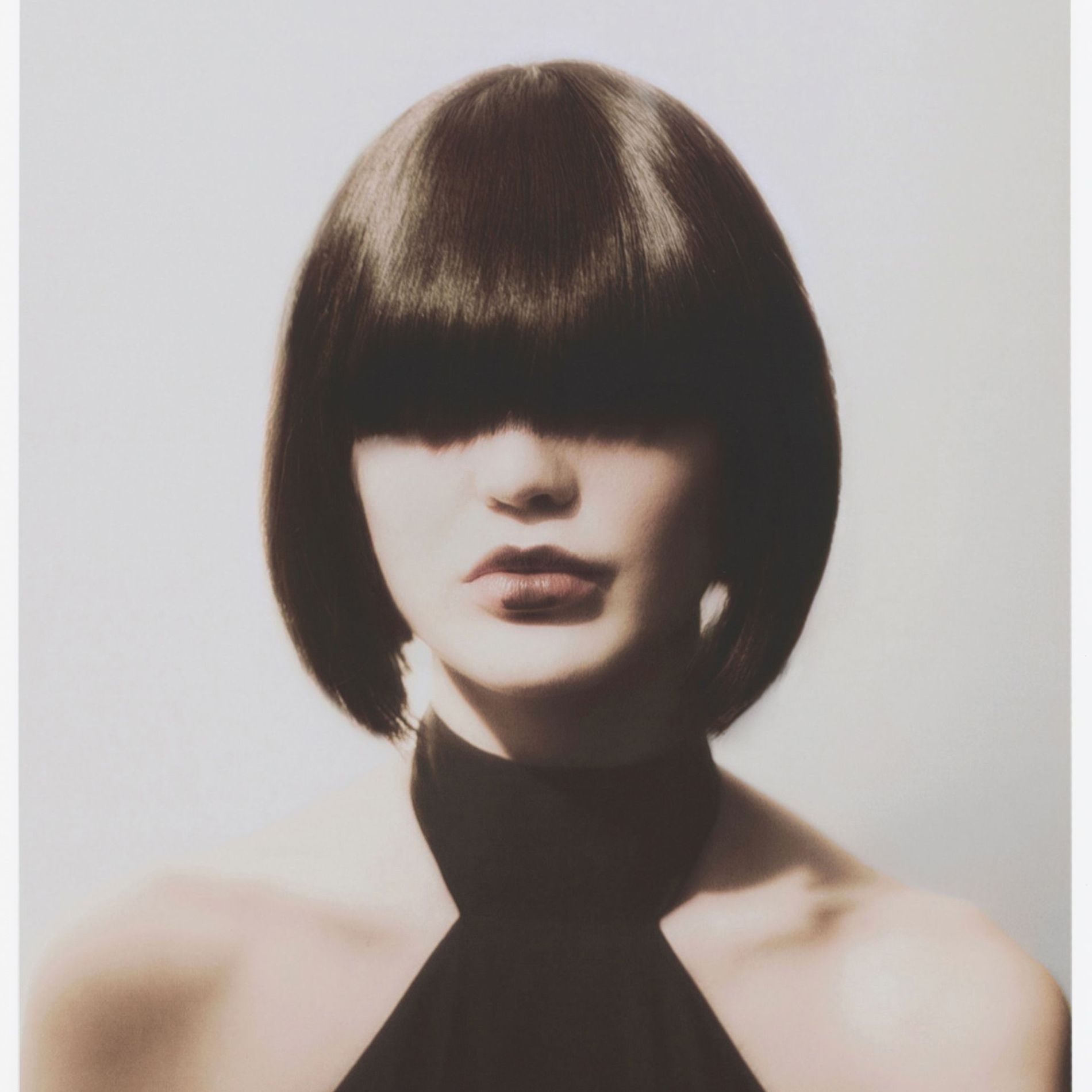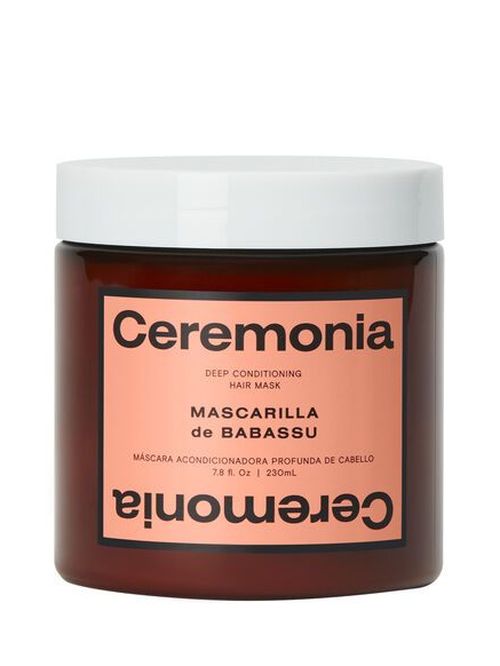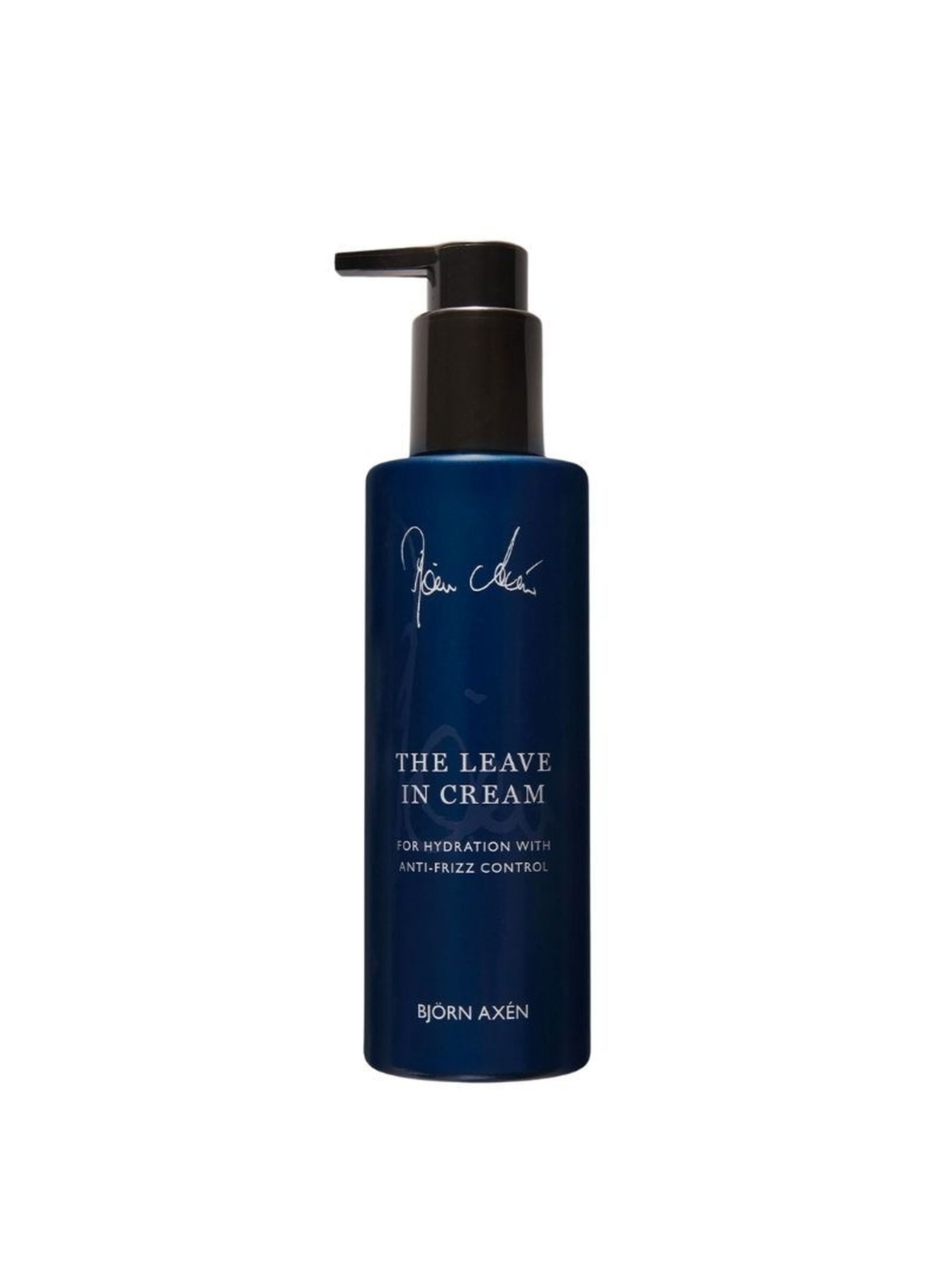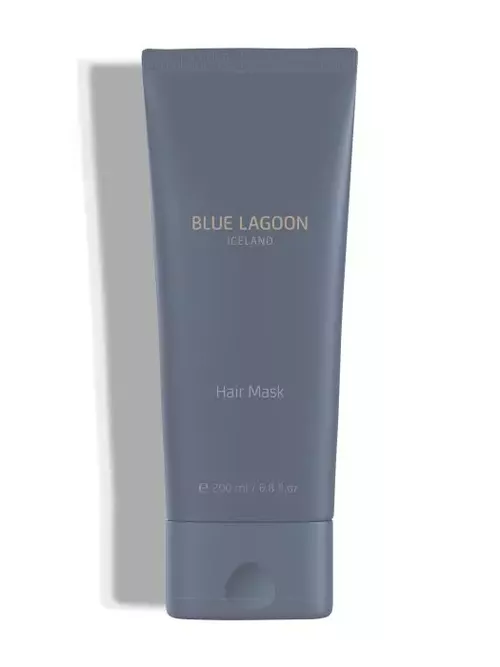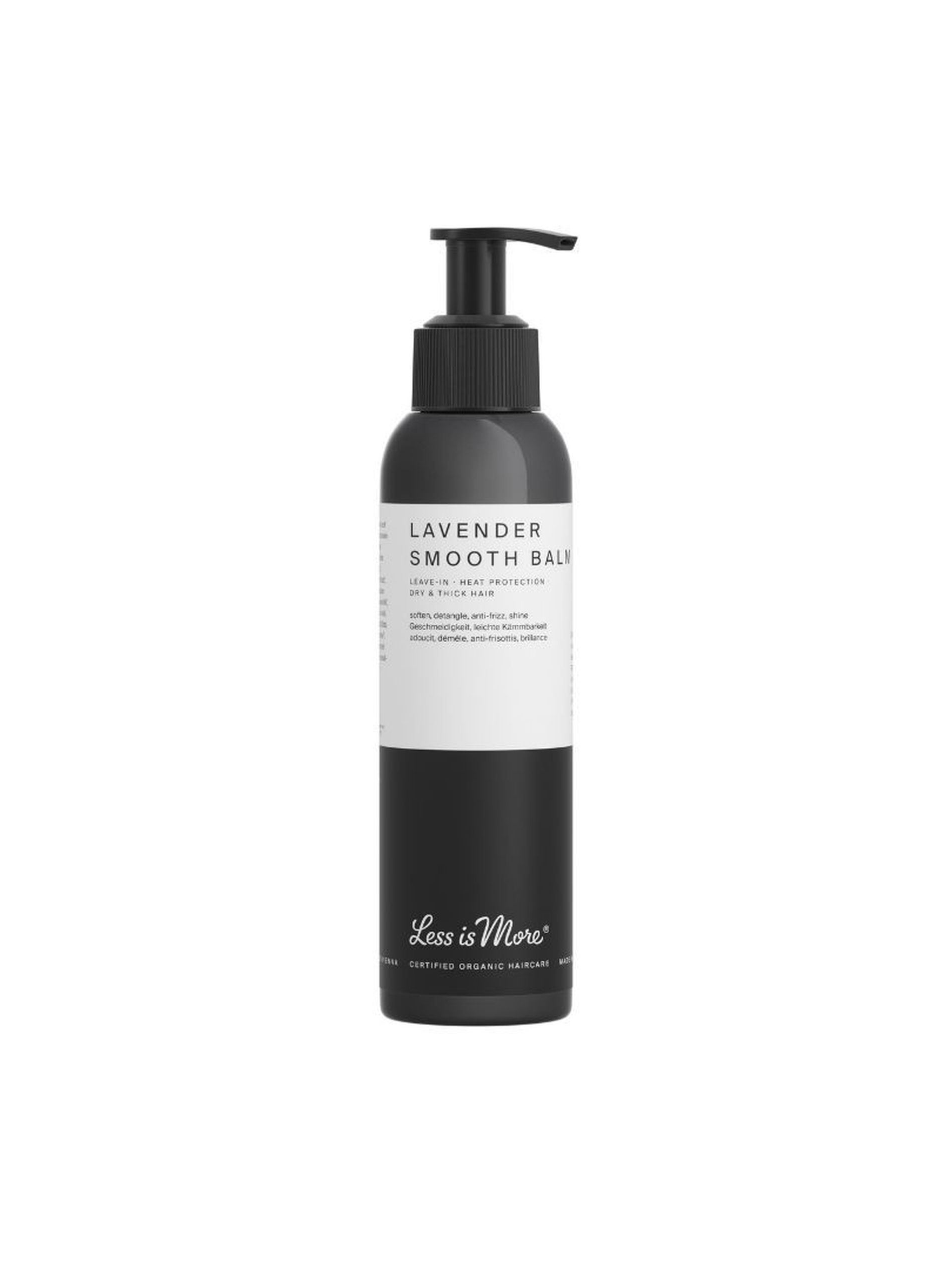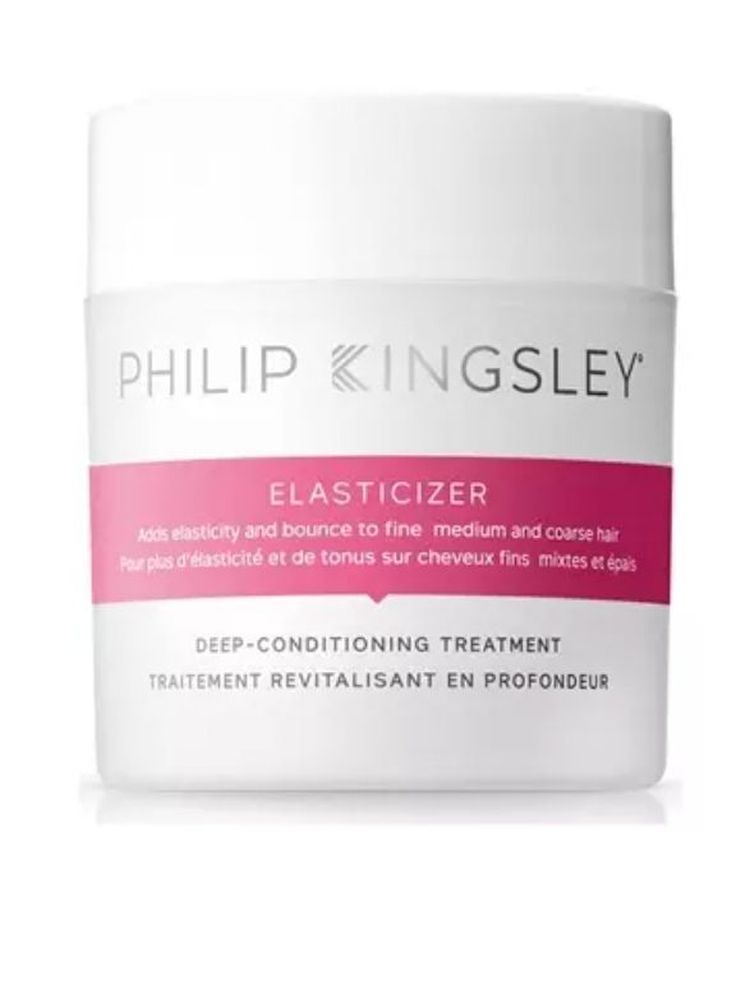Cold air outside and hot air indoors seriously sap hair of moisture, leaving the ends crispy and frayed. Here's why you shouldn't shy away from a much-needed winter haircut
All products featured on Vogue are independently selected by our editors. However, when you buy something through our retail links, we may earn an affiliate commission.
Punishing temperatures indoors and outdoors conspire to give hair a serious beating in winter. “Cold air contains less moisture, which makes hair more prone to being static and dry,” says hair stylist Cim Mahony, who has worked with everyone from supermodel Kate Moss to HRH Crown Princess Mary of Denmark.
That's not all, as central heating causes the air indoors to get dryer, too. "This means both hair and the skin on your scalp lose moisture,” adds Johan Hellström, renowned hair stylist and owner of sustainable hair care brand Björn Axén. “Normally, healthy strands are made up of three per cent moisture, but in winter these levels can drop.”
So not only are your strands at risk of breakage but scalp irritation can also rear its ugly head during these drier months. Keep in mind, too that our hair splits from the bottom up as it grows, so every time hats and scarves rough up the cuticle, strands are exposed to friction and become more fragile, increasing the risk of breakage.
Normally, healthy strands are made up of three per cent moisture, but in winter these levels can drop
Johan Hellström, hair stylist and owner of Björn Axén
If you ski, the conditions are even more extreme for hair as snow reflects up to 80 per cent of the sun's UV rays. "Free radicals are produced by UV rays that break down the hair's lipid and protein structure," says Anabel Kingley, consultant trichologist and president of Philip Kingsley. "When those become damaged, strands are weaker, more porous and lack flexibility."
The bottom line? Skipping a hair cut is not the answer if healthy, shiny strands are your goal. Split ends will only get worse and travel up the hair shaft, causing more damage so you'll never achieve that desired extra length.
It goes without saying that hair needs extra TLC during the Scandinavian winter and with the following additions to your hair care routine, you can mitigate the damage that the colder months inevitably wreak on strands.
Commit to deep conditioning treatments
Use the calendar on your phone to schedule deeply hydrating hair masks twice a week as they are more nourishing than regular conditioners. Key ingredients to look out for are babassu oil, which is packed full of fatty acids and lipid-rich shea butter if your hair is textured. Try Ceremonia Mascarilla De Babassu Hair Mask and Cantu Shea Butter For Natural Hair Deep Treatment Masque. Fine strands that are prone to greasy roots and dry ends will benefit most from an algae-enriched mask, to feed limp strands vitamins A, B1, B2, B6, C. Green Heads in Stockholm offers a custom-made hair mask in salon, or try the Blue Lagoon Iceland Hair Mask, which contains blue-green microalgae native to the Blue Lagoon in Iceland and is a powerhouse of nutrients and antioxidants.
For extremely thirsty hair, Mahony also recommends “mixing a little oil in with your shampoo when you wash." While Kingsley suggesting adding a once-weekly pre-shampoo conditioning treatment to help keep the cuticle smooth and healthy long-term. Her favourite is the Philip Kingsley Elasticizer, which was originally formulated for Audrey Hepburn no less.
Using leave-in conditioners to lock in hydration and smooth down the hair cuticle is another effective strategy. Mahony's favourite is the Less Is More Lavender Smooth Balm with softening mallow extract and coconut oils, which he recommends combing through mid-lengths and ends before bed. Hellström leans on Björn Axén Signature The Leave In Cream, enriched with macadamia oil and provitamin B5.
Never go out with wet hair
Parents pedalled this advice to us as children – and they did have a point, even if it was for an entirely different reason. While you're not going to get ill by going out with wet hair (cold and flu are caused by a virus), on wintry days water molecules in the hair can expand; not to mention icy temperatures can cause the hair strand to stiffen. Both scenarios make hair more prone to snapping off.
Finally...try hair 'dusting'
It's recommended that you get a trim every eight to 10 weeks in winter to ward off split ends and keep the mid-lengths looking fuller. If that feels too extreme, ask your hairdresser for a technique called "dusting," which is essentially a micro trim that is done every 12 weeks.
